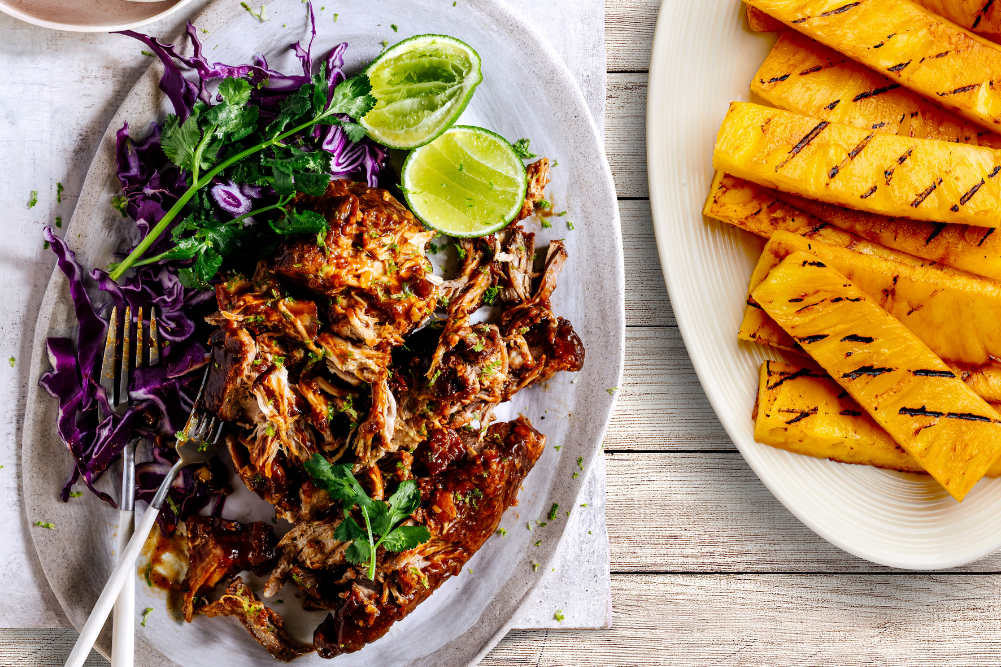5 delicious and nutritious seaweed recipes by wholefood chef Pete Evans
5 delicious and nutritious seaweed recipes by wholefood chef Pete Evans
Do you like seaweed? Seaweed is a nutritional powerpack but it also gives a delicious umami kick to your cooking. Paleo chef Pete Evans shares 5 delicious seaweed recipes.
Servings
4
Prep time
Cook time
Recipe
Ingredients
- 20g (about 1 cup) bonito flakes, plus extra to serve
- 1 dried kombu sheet, rinsed
- 3 tbsp tamari
- 1¼ nori sheets
- 4 × 150g salmon fillets, skin removed & pin-boned
- 2.5cm piece ginger, thinly sliced
- 1 tbsp miso paste
- 1 bunch choy sum (about 250g), trimmed & chopped
- 8 shiitake mushrooms, sliced
- Shiso leaves, to serve
Method
- Combine the bonito flakes, kombu and 1.25 litres of water in a large saucepan over medium–high heat, bring to the boil, take off the heat, then add the tamari and set aside to infuse for 10 mins. Strain the broth into a clean saucepan.
- Cut the nori into four 7cm×20cm strips. Wrap a nori strip around each salmon fillet. Set aside.
- Fill a saucepan with 1.5 litres of water and add the ginger. Place a bamboo steamer over the pan and bring to the boil. Place the salmon in the steamer, cover and cook for 4–5 mins until the fish is slightly pink in the centre.
- Bring the broth back to the boil over medium heat, stir in the miso, then add the choy sum and shiitake mushrooms and simmer for 5 mins, or until the vegetables are tender.
- Divide the vegetables among four serving bowls, pour over the broth, top with a piece of salmon, then scatter on the shiso and extra bonito flakes and serve.
Tried this recipe? Mention @wellbeing_magazine or tag #wbrecipe!








